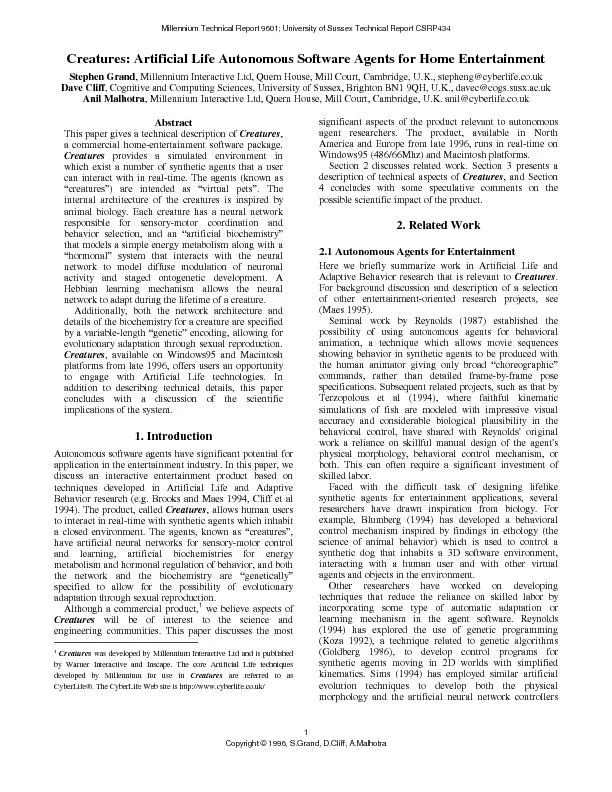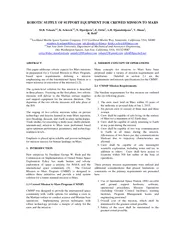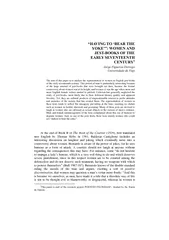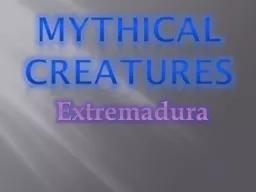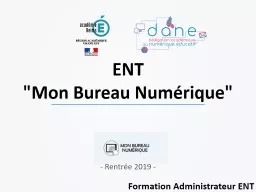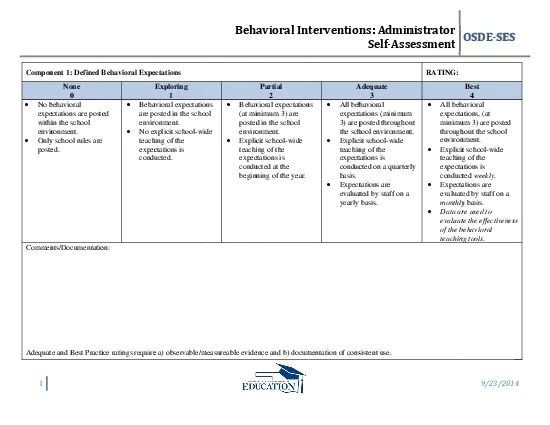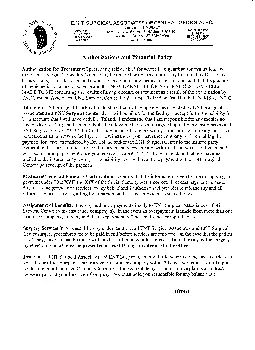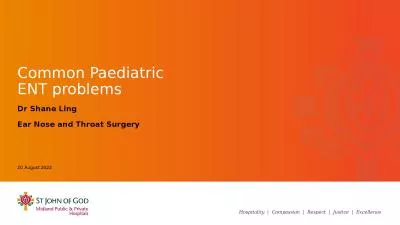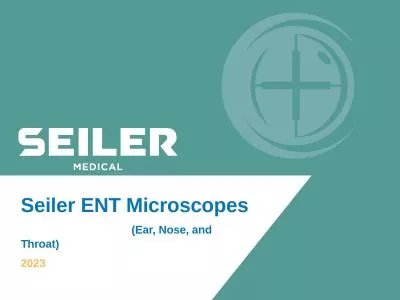PDF-1This paper gives a tical description of Creatures,a coercial home-ent
Author : marina-yarberry | Published Date : 2016-05-24
2for synthec autonomous agents that iaba 3D worldwh reastic kinemacs There is also a large dy ofwork on learning in arficial neural networks see egPubcations in
Presentation Embed Code
Download Presentation
Download Presentation The PPT/PDF document "1This paper gives a tical description of..." is the property of its rightful owner. Permission is granted to download and print the materials on this website for personal, non-commercial use only, and to display it on your personal computer provided you do not modify the materials and that you retain all copyright notices contained in the materials. By downloading content from our website, you accept the terms of this agreement.
1This paper gives a tical description of Creatures,a coercial home-ent: Transcript
Download Rules Of Document
"1This paper gives a tical description of Creatures,a coercial home-ent"The content belongs to its owner. You may download and print it for personal use, without modification, and keep all copyright notices. By downloading, you agree to these terms.
Related Documents

